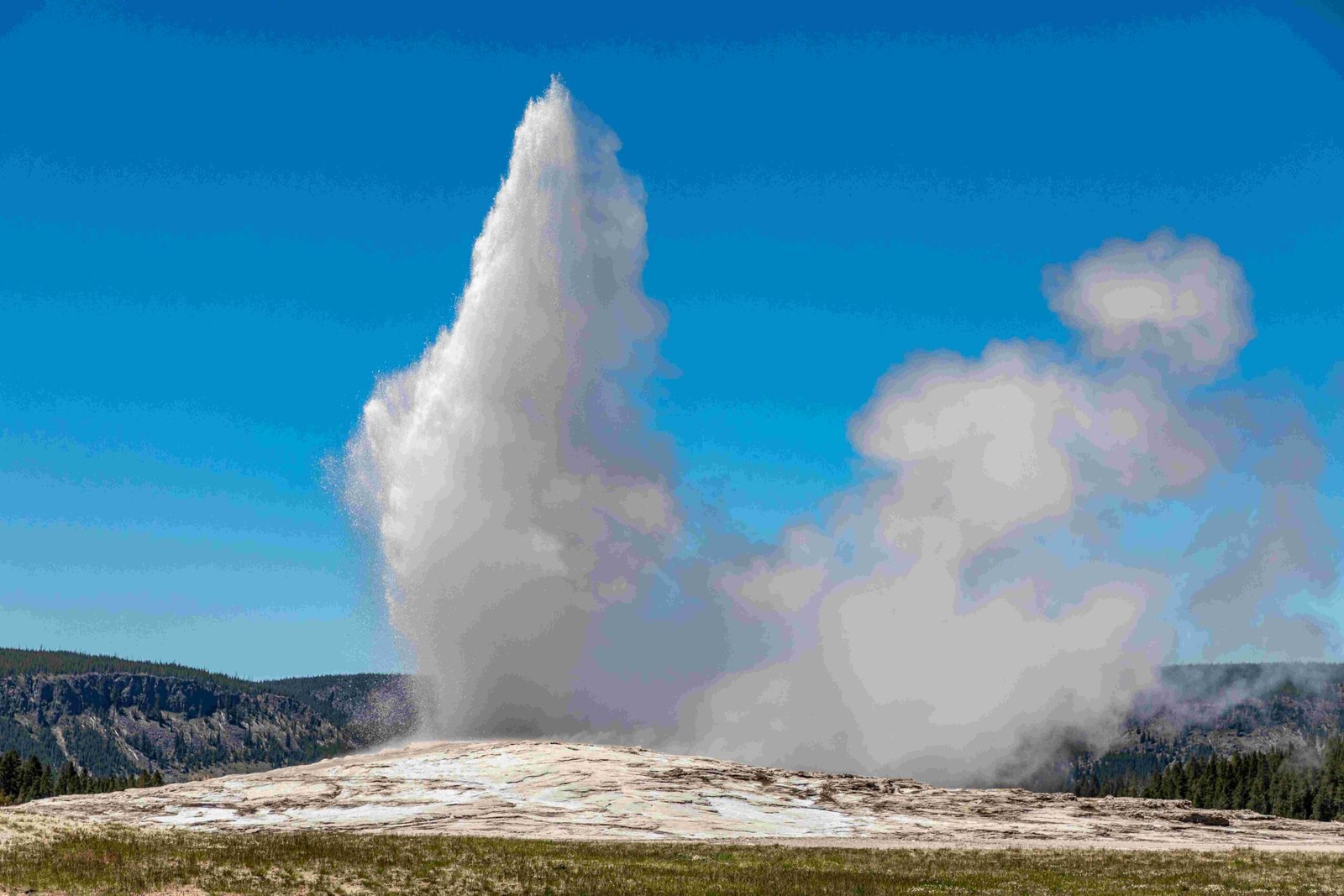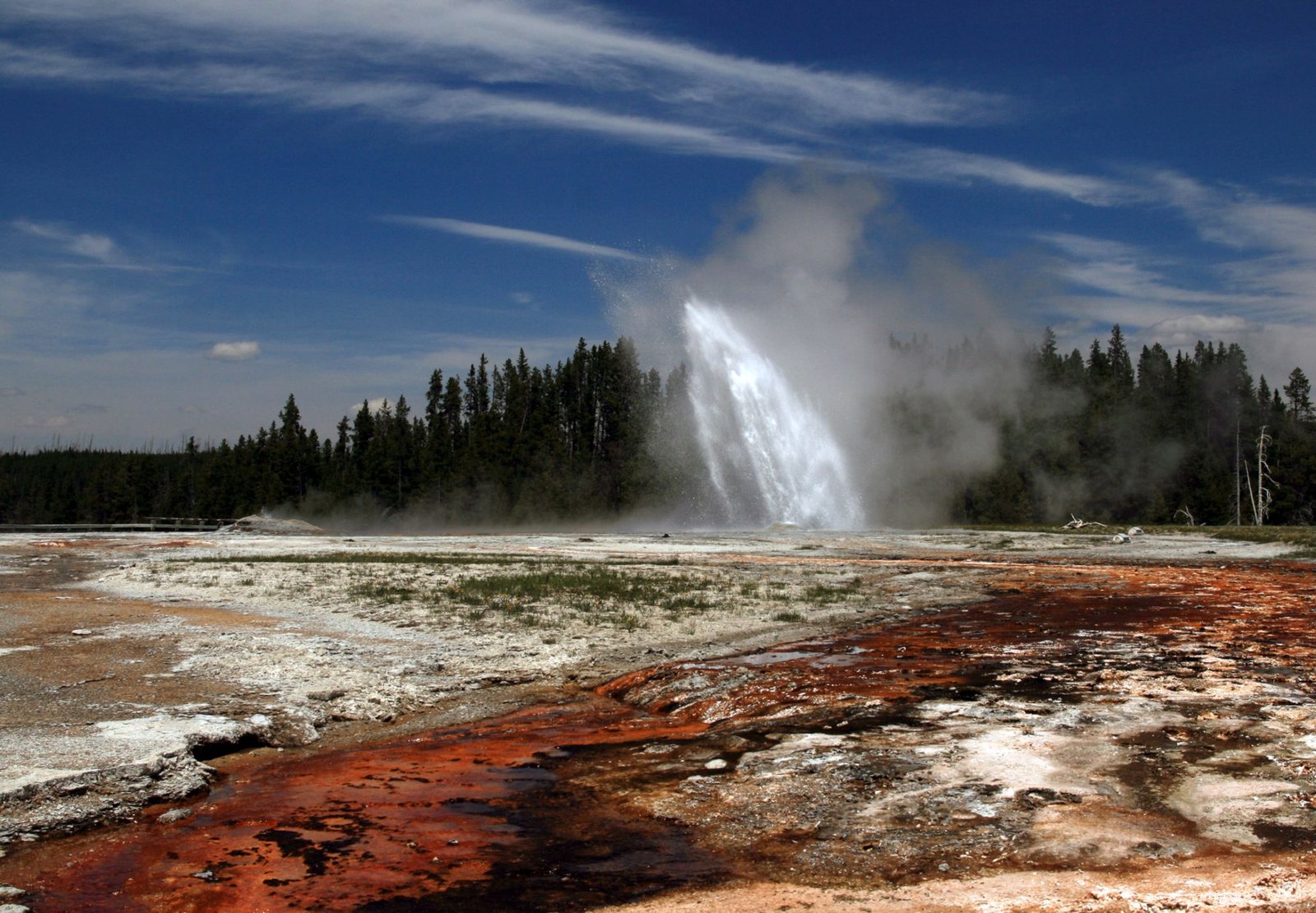Yellowstone National Park’s apex predators, primarily wolves and grizzly bears, play a crucial role in maintaining the ecosystem’s balance. These top-tier carnivores shape the park’s biodiversity, influence prey populations, and contribute to the overall health of the ecosystem. The reintroduction of wolves in 1995 has led to significant changes in the park’s ecology, while grizzly bears continue to be an iconic symbol of Yellowstone’s wilderness.
What are the Key Apex Predators in Yellowstone?

The two primary apex predators in Yellowstone National Park are:
- Gray Wolves
- Grizzly Bears
While other predators like mountain lions and black bears are present, wolves and grizzlies have the most significant impact on the ecosystem.
How Do Wolf Populations Affect Yellowstone’s Ecosystem?

Wolf populations in Yellowstone have a profound impact on the park’s ecosystem:
- Population Dynamics: As of 2023, there were 124 wolves in 11 packs, with six breeding pairs.
- Prey Control: Wolves primarily hunt elk, helping to control their population.
- Vegetation Impact: Reduced elk browsing due to wolf predation has allowed for the recovery of willow and aspen trees.
- Scavenger Benefits: Wolf kills provide food for scavengers like ravens, eagles, and smaller predators.
Wolf Pack Statistics in Yellowstone (2023)
| Statistic | Value |
|---|---|
| Total Wolf Population | 124 |
| Number of Packs | 11 |
| Breeding Pairs | 6 |
| Average Pack Size | 10.8 |
| Pups Born | 58 |
| Pup Survival Rate | 79% |
What Role Do Grizzly Bears Play in Yellowstone’s Ecosystem?
Grizzly bears, as omnivores, have a diverse impact on Yellowstone’s ecosystem:
- Diverse Diet: They consume plants, berries, nuts, fish, and both small and large mammals.
- Soil Aeration: Their digging for roots and insects helps aerate the soil.
- Seed Dispersal: Bears spread seeds through their scat, aiding in plant distribution.
- Predation Impact: They prey on elk calves and other ungulates, influencing prey populations.
How Do Apex Predators Interact with Each Other in Yellowstone?
The interaction between wolves and grizzly bears in Yellowstone is complex:
- Competition for Resources: Both species may compete for similar prey, especially during certain seasons.
- Scavenging Behavior: Grizzlies often scavenge wolf kills, sometimes displacing wolves from their prey.
- Territorial Overlap: While they generally avoid direct confrontation, their territories can overlap.
- Impact on Prey Behavior: The presence of both predators influences prey vigilance and movement patterns.
What is the Trophic Cascade Effect in Yellowstone?
The trophic cascade effect refers to the far-reaching impacts of apex predators on the ecosystem:
- Prey Population Control: Wolves and bears keep elk and other ungulate populations in check.
- Vegetation Recovery: Reduced browsing pressure allows for the regrowth of trees and shrubs.
- Habitat Enhancement: Recovered vegetation provides habitat for birds and small mammals.
- River System Changes: Stabilized riverbanks due to increased vegetation affect water flow and aquatic life.
How Can Visitors Observe Apex Predators Safely in Yellowstone?
To observe apex predators safely in Yellowstone:
- Best Locations:
- Lamar Valley
- Hayden Valley
-
Pelican Valley
-
Viewing Tips:
- Visit during early morning or late afternoon
- Use binoculars or spotting scopes
- Join guided wildlife tours
- Maintain a safe distance (at least 100 yards from wolves and bears)
-
Stay in designated areas and on marked trails
-
Safety Precautions:
- Carry bear spray and know how to use it
- Make noise while hiking to avoid surprising animals
- Never feed or approach wildlife
- Store food properly in bear-proof containers
What Conservation Efforts Support Apex Predators in Yellowstone?
Conservation efforts for apex predators in Yellowstone include:
- Habitat Protection: Preserving large, connected areas of wilderness.
- Population Monitoring: Regular tracking and studying of wolf and bear populations.
- Conflict Mitigation: Managing human-wildlife conflicts both inside and outside the park.
- Public Education: Informing visitors about the importance of apex predators and safe wildlife viewing.
- Research Programs: Ongoing studies on predator behavior, ecology, and ecosystem impacts.
How Has Climate Change Affected Apex Predators in Yellowstone?
Climate change impacts on apex predators in Yellowstone include:
- Food Source Changes: Alterations in plant and prey species availability.
- Habitat Shifts: Changes in suitable habitat ranges for both predators and prey.
- Denning Behavior: Earlier spring thaws affecting denning patterns for bears.
- Prey Vulnerability: Changes in snow cover affecting predator-prey dynamics.
- Disease Prevalence: Potential increases in parasites and diseases affecting wildlife.
The presence of apex predators in Yellowstone National Park is crucial for maintaining a healthy and balanced ecosystem. Through their interactions with prey species and each other, wolves and grizzly bears shape the landscape and biodiversity of this iconic wilderness area. Ongoing research and conservation efforts are essential to ensure the continued presence and positive impact of these magnificent animals in Yellowstone’s complex ecosystem.

